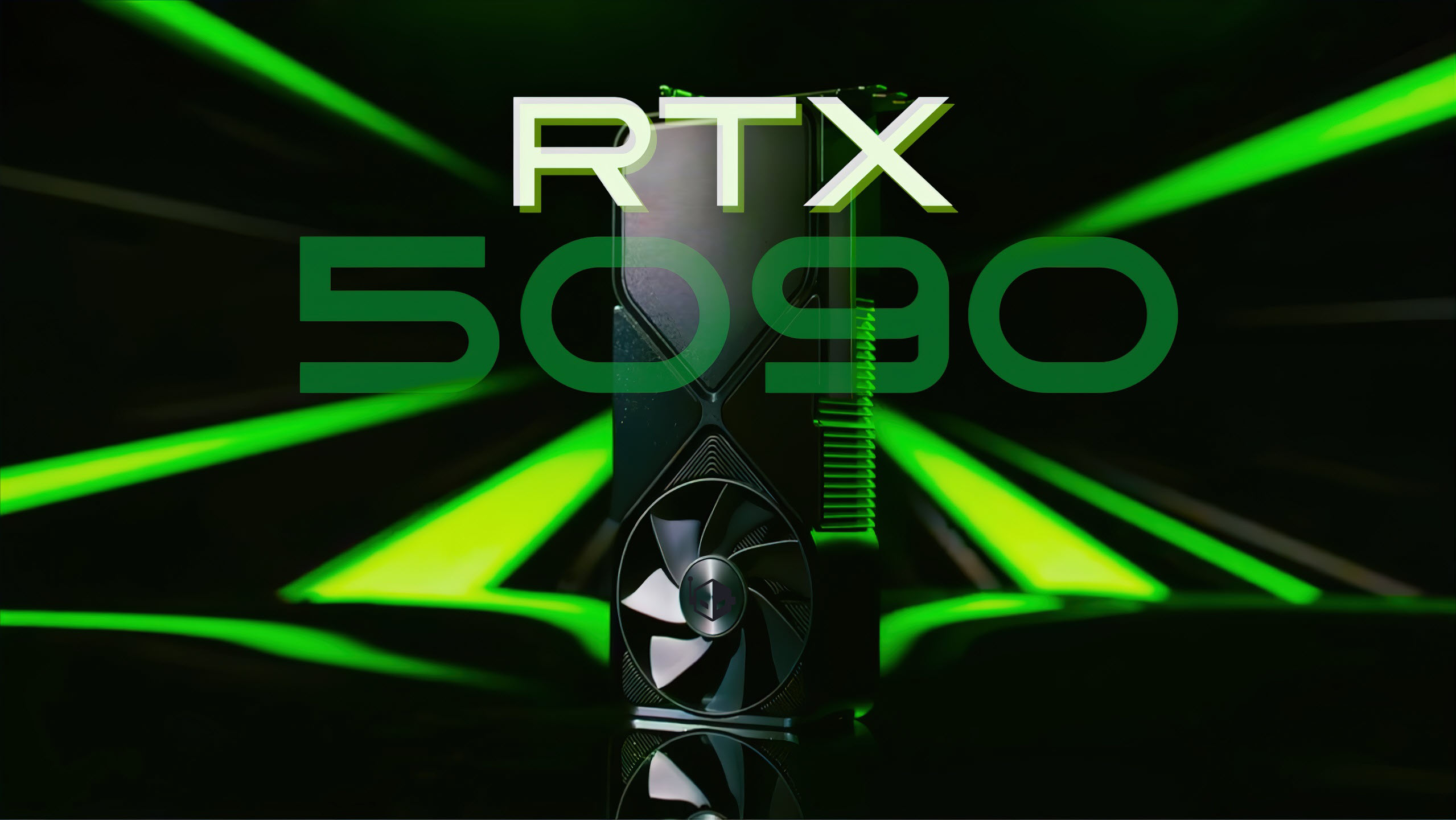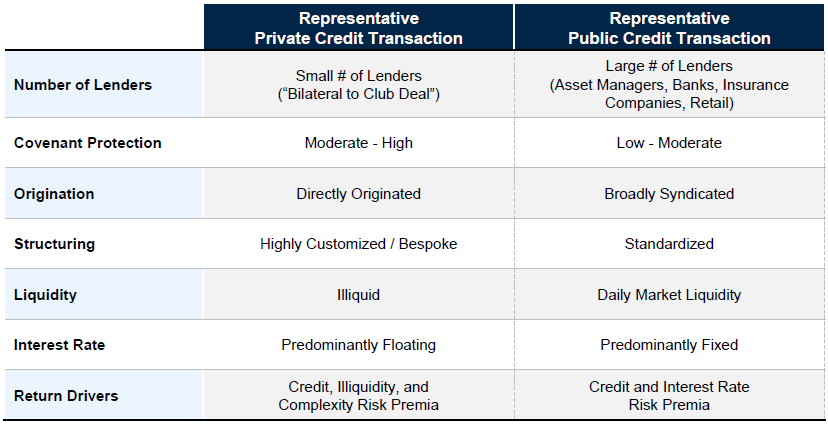Nvidia's RTX 5060: What Went Wrong And What It Means For The Future Of GPU Reviews

Table of Contents
Underwhelming Performance Compared to Expectations
The Nvidia RTX 5060's benchmark results have been widely criticized as underwhelming, particularly considering its price point. Initial tests revealed significantly lower frame rates than expected at both 1080p and 1440p resolutions in a variety of popular game titles. This poor performance isn't just a minor setback; it represents a considerable disappointment for consumers expecting a substantial upgrade from the previous generation.
- Disappointing Frame Rates: Many reviewers observed a surprisingly small leap in frame rates compared to the RTX 3060, especially at higher resolutions. This contrasts sharply with the marketing hype surrounding the RTX 50 series.
- Poor Price-to-Performance Ratio: The RTX 5060's pricing failed to justify its performance gains. Compared to competing AMD Radeon GPUs in a similar price bracket, the RTX 5060 often fell short in terms of overall gaming performance and value.
- Subpar Performance Per Watt: Efficiency is a critical aspect of GPU performance, and the RTX 5060 hasn't delivered in this area. Reports suggest a less-than-ideal performance per watt compared to its predecessors and competitors, raising concerns about power consumption and thermal management.
These factors combined paint a picture of a GPU that simply doesn't deliver the expected performance leap for its price. This necessitates a deeper look at how we assess GPUs in the future.
The Impact on GPU Review Methodology
The RTX 5060's underwhelming performance highlights crucial flaws in existing GPU review methodologies. The reliance on synthetic benchmarks, while convenient, often fails to accurately reflect real-world gaming experiences. The RTX 5060 debacle underscores the need for improvements:
- Beyond Synthetic Benchmarks: Synthetic benchmarks, while useful for providing a baseline comparison, shouldn't be the sole metric for judging GPU performance. Real-world gaming benchmarks, testing across a wider range of titles and settings, are crucial for a holistic evaluation.
- Transparency and Reproducibility: Reviewers must prioritize transparency in their testing methodology. This includes detailing the specific hardware and software configurations used, ensuring results are easily reproducible by others.
- Addressing Reviewer Bias: The potential for reviewer bias, whether conscious or unconscious, needs careful consideration. Independent testing and community verification can help mitigate this risk, promoting more objective results.
Nvidia's Pricing Strategy and Market Positioning
Nvidia's pricing strategy for the RTX 5060 seems to have misjudged the market. Several factors contributed to this:
- High Component Costs and Supply Chain Issues: While these factors played a role in the pricing of previous generation GPUs, the RTX 5060's pricing might not have fully reflected improvements in supply chain dynamics.
- Cannibalization of Higher-End Sales: The RTX 5060's pricing could be seen as potentially cannibalizing sales of Nvidia's own higher-end cards. This suggests a potential miscalculation in market segmentation.
- Competitive Landscape: The strong presence of AMD in the budget GPU market has likely influenced Nvidia's pricing decisions, but their strategy seems to have fallen short.
- Consumer Backlash: The negative consumer response to the RTX 5060's price-to-performance ratio has damaged Nvidia’s reputation, emphasizing the importance of consumer satisfaction.
Lessons Learned for Future GPU Reviews
The RTX 5060's reception provides valuable lessons for improving future GPU reviews:
- Real-World Focus: Prioritize real-world gaming benchmarks using a diverse range of popular and demanding titles.
- Detailed Methodology: Provide comprehensive details on testing equipment, drivers, and settings used.
- Community Engagement: Encourage community participation and feedback, fostering a more collaborative and transparent review process.
- Ethical Considerations: Promote ethical review practices, emphasizing transparency and avoiding conflicts of interest.
Conclusion
The Nvidia RTX 5060's underwhelming performance and high price have highlighted significant shortcomings in current GPU review practices and Nvidia's pricing strategy. The industry needs to move towards a more rigorous and transparent approach, prioritizing real-world gaming benchmarks and community feedback. The RTX 5060 serves as a stark reminder of the need for critical evaluation and accountability in the GPU market. Let's demand better from GPU reviews and hold manufacturers accountable – share your thoughts on the Nvidia RTX 5060 and help shape the future of GPU evaluation!

Featured Posts
-
 Bolee 600 Svadeb Na Kharkovschine Za Mesyats Prichiny Populyarnosti Brakosochetaniy
May 25, 2025
Bolee 600 Svadeb Na Kharkovschine Za Mesyats Prichiny Populyarnosti Brakosochetaniy
May 25, 2025 -
 5 Tips To Secure A Private Credit Role In Todays Market
May 25, 2025
5 Tips To Secure A Private Credit Role In Todays Market
May 25, 2025 -
 Your Dream Country Escape A Step By Step Plan
May 25, 2025
Your Dream Country Escape A Step By Step Plan
May 25, 2025 -
 Rekordnoe Kolichestvo Svadeb Na Kharkovschine 40 Par Skazali Da Foto
May 25, 2025
Rekordnoe Kolichestvo Svadeb Na Kharkovschine 40 Par Skazali Da Foto
May 25, 2025 -
 Princess Road Accident Emergency Services Respond To Pedestrian Hit By Vehicle
May 25, 2025
Princess Road Accident Emergency Services Respond To Pedestrian Hit By Vehicle
May 25, 2025
Latest Posts
-
 Zhengs Italian Open Run Ends In Semifinal Loss To Gauff
May 25, 2025
Zhengs Italian Open Run Ends In Semifinal Loss To Gauff
May 25, 2025 -
 Gauff Defeats Zheng In Three Sets At Italian Open Semifinal
May 25, 2025
Gauff Defeats Zheng In Three Sets At Italian Open Semifinal
May 25, 2025 -
 Russell And The Typhoons Discography A Complete Listing Of Albums And Singles
May 25, 2025
Russell And The Typhoons Discography A Complete Listing Of Albums And Singles
May 25, 2025 -
 Gauff Defeats Zheng In Italian Open Semifinal
May 25, 2025
Gauff Defeats Zheng In Italian Open Semifinal
May 25, 2025 -
 Gauff Defeats Zheng In Three Sets At Italian Open Semifinals
May 25, 2025
Gauff Defeats Zheng In Three Sets At Italian Open Semifinals
May 25, 2025
